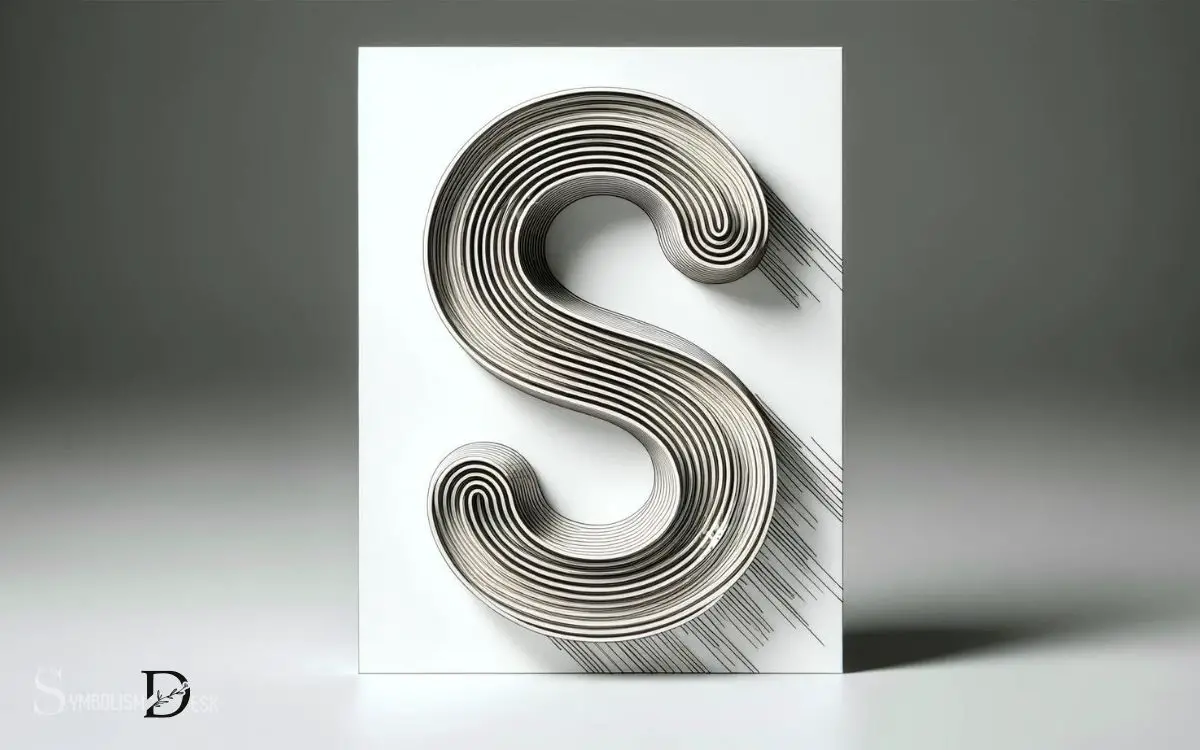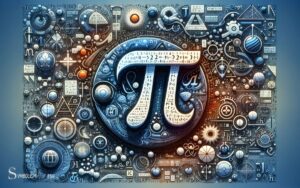Long S Symbol in Math: Integral Sign!
The long ‘s’ symbol, commonly known as the integral sign (∫), is a fundamental component in mathematical notation, particularly in calculus. It is used to denote integration, which is a core operation in mathematical analysis.
The symbol originated from the Latin word “summa,” meaning “sum” or “total,” which was abbreviated as a long ‘s’ in historical manuscripts.
Today, it plays a pivotal role in solving problems involving areas, volumes, and other applications requiring summation of infinitesimal quantities.
The long ‘s’ symbol (∫) serves as the integral sign in calculus, representing the concept of integration, which can be thought of as the reverse operation of differentiation.
It is essential in finding:
For example, the integral of a function f(x) from a to b is written as ∫ₐᵇ f(x) dx, which computes the area under the curve of f(x) from x = a to x = b.
The integral sign (∫) is a key tool in calculus, enabling the calculation of areas, volumes, and other continuous sums.

Key Takeaway
Historical Origins of the Long ‘S’ Symbol
The historical origins of the long ‘S’ symbol can be traced back to the 16th century when it was commonly used in printed materials.
This elongated form of the lowercase letter ‘s’ was used at the beginning or in the middle of words, while the regular ‘s’ was reserved for the end of words.
The usage of the long ‘S’ symbol was prevalent in European languages, including English, German, and French, until the early 19th century when it fell out of common use.
Its distinct form and unique usage in typography made it an integral part of printed materials during this period.
The evolution of notation in mathematics also saw the incorporation of the long ‘S’ symbol in various mathematical texts, where it was used to represent integral sums and other mathematical concepts.
Evolution of Notation in Mathematics
The mathematics field’s notation evolution has significantly impacted the utilization of the long ‘S’ symbol. This evolution has brought about changes in how mathematical expressions are represented and interpreted, influencing the role and prevalence of symbols like the long ‘S’.
The evolution of notation in mathematics has been shaped by various factors, including cultural influences, technological advancements, and the need for standardization and clarity in mathematical communication.
As a result, the long ‘S’ symbol has undergone adaptations and variations over time, reflecting these shifts in mathematical notation.
Some key points to consider in the evolution of notation in mathematics are:
- Cultural and historical influences on mathematical notation
- Technological advancements’ impact on mathematical symbol representation
- The quest for standardization and clarity in mathematical communication
- Adaptations and variations of the long ‘S’ symbol over time
Applications in Calculus and Analysis
Having influenced the historical development of mathematical notation, the long ‘S’ symbol finds significant applications in various concepts and operations within calculus and analysis.
In calculus, it is commonly used to represent infinite sums, such as in the notation for Riemann sums and the integral form of Taylor series.
Moreover, in analysis, the long ‘S’ symbol is employed to denote infinite series, particularly in contexts related to sequences and series of functions, where it plays a crucial role in expressing convergence and divergence.
Additionally, it appears in the definition of surface area in integral calculus, where it represents an infinite number of areas of infinitesimally small elements.
The versatility and widespread use of the long ‘S’ symbol make it an indispensable tool in advanced mathematical concepts and operations.
Variations and Interpretations in Modern Mathematics
Incorporating variations and interpretations in modern mathematics, the long ‘S’ symbol continues to play an integral role in advanced mathematical concepts and operations, particularly in its applications to diverse areas within calculus and analysis. The long ‘S’ symbol has evolved over time to take on new meanings and applications, making it a symbol that is versatile and significant in the field of mathematics. With its unique logo design, the long ‘S’ symbol is easily recognizable and is often used to represent concepts like integrals and sums, making it a central part of mathematical notation. Its enduring presence and adaptability make it a key element in the language of modern mathematics.
This symbol has evolved to represent various mathematical ideas, leading to its widespread use and significance in modern mathematics. This symbol has even transcended traditional mathematical contexts, finding cultural and emotional resonance through creative interpretations. For instance, people sometimes use math symbols for i love you, blending mathematical notation with expressions of affection. This fusion highlights the versatility of mathematical symbols in communicating complex ideas, both logical and heartfelt.
Some key variations and interpretations of the long ‘S’ symbol include:
- Representing an infinite sum in calculus and series analysis
- Denoting a path integral in complex analysis and physics
- Indicating a surface integral in multivariable calculus
- Symbolizing a mathematical transformation in differential geometry
These diverse interpretations highlight the versatility and importance of the long ‘S’ symbol in modern mathematical applications, reflecting its enduring relevance and impact in advanced mathematical theories and practices.
Role in Solving Complex Mathematical Problems
The long ‘S’ symbol’s role in solving complex mathematical problems is imperative to understanding advanced mathematical theories and their practical applications.
In complex analysis, the use of the long ‘S’ symbol, also known as the integral symbol, is fundamental for solving problems involving curves, surfaces, and volumes.
It plays a crucial role in computing areas, calculating work done by a force, finding the center of mass, and determining fluid flow, among other applications.
Moreover, in the field of differential geometry, the long ‘S’ symbol is essential for expressing and solving problems related to the curvature of space, geodesics, and the behavior of physical quantities under coordinate transformations.
Its consistent application in these advanced mathematical contexts showcases its significance in tackling complex problems across various mathematical domains.
Significance of the Long ‘S’ Symbol in STEM Fields
The significance of the long ‘S’ symbol in STEM fields lies in its foundational role in mathematical modeling and analysis. This symbol, also known as the integral symbol, is essential for various applications across science, technology, engineering, and mathematics.
Its importance can be summarized as follows:
- Fundamental Calculus Tool: The long ‘S’ symbol is a fundamental tool in calculus, enabling the computation of areas, volumes, and solving differential equations.
- Physical Phenomena Analysis: It is extensively used in physics and engineering to analyze quantities such as force, energy, and electric charge distribution.
- Statistical Integration: In statistics and data analysis, the symbol aids in calculating probabilities and cumulative distribution functions.
- Engineering Design and Optimization: Within engineering, it plays a crucial role in design optimization, control systems, and signal processing.
The long ‘S’ symbol is therefore indispensable across various STEM fields, offering a powerful mathematical framework for problem-solving and analysis.
Conclusion
The long ‘s’ symbol in mathematics has a rich historical origin and has evolved to become an integral part of notation in calculus and analysis. Understanding the origins of the long ‘s’ symbol can provide insight into its usage and meaning in mathematical notation. While it may appear outdated to some, the long ‘s’ symbol is still commonly used in certain mathematical expressions and notations. Additionally, understanding cursive l symbol can also give a deeper understanding of the historical development of mathematical symbols and their significance in modern mathematics.
Its variations and interpretations continue to play a significant role in solving complex mathematical problems in modern mathematics.
The symbol holds immense significance in STEM fields, representing the depth and complexity of mathematical concepts with its elegant and versatile nature.






